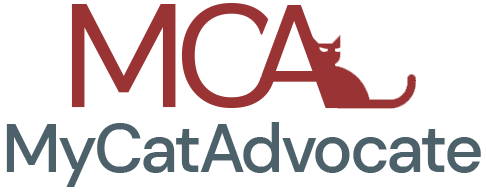Medicare Part B
Medicare Part B is referred to as “medical insurance” because it includes coverage for a wide range of medically necessary services and supplies. Part B helps pay for doctor visits, outpatient services, and durable medical equipment, but some people are surprised to learn that Part B comes with access to many preventive services, including annual cancer screenings and exams.
To help you understand how Part B coverage can help, let’s go over some basic coverage information:
- Doctor Visits
Part B helps cover the cost of seeing your doctor, including visits to a primary care physician or specialists. If you have Original Medicare, you’ll have to see a physician who accepts assignment. If a doctor accepts assignment, this means that they have agreed to accept the payment amount Medicare has approved for the service.
Note: If you are enrolled in a Medicare Advantage plan, you may have to visit a doctor and/or specialist within the plan’s network of providers in order to have coverage. And, depending on the type of plan you are enrolled in, you may have to get a referral before seeing a specialist.
- Outpatient care
With advances in technology and an understanding in the medical community that healing-at-home can accelerate recovery and lead to more positive outcomes, more procedures and surgeries are done on an outpatient basis than ever before. It’s interesting to note that even if you stay in the hospital overnight, you may still be considered an “outpatient.” Part B will cover your costs unless you have been formally admitted as an inpatient. Admittance will be based on your needs and doctor recommendations. If you are admitted as an “inpatient,” Part A will help cover your hospital costs.
- Durable Medical Equipment (DME)
DME might be ordered by your doctor for use in your home to assist in your treatment or recovery from an illness or injury. Examples of DME could include wheelchairs, crutches, a hospital bed, oxygen equipment, commode chairs, or more. You may need to rent your equipment from a supplier that participates in Medicare, or use an in-network supplier if you have a Medicare Advantage plan. Durable medical equipment prescribed by your physician to accompany home health services will be covered under Part B. As long as you meet the criteria for coverage, you’ll pay 20{32a721412c9f014731482d3bcd33fff94a68a4e452ebf88e8990d5da71c9dfe8} of the Medicare-approved amount for the equipment.
- Clinical laboratory services
Clinical diagnostic laboratory services may include blood tests, urinalysis, tests on tissue specimens, or other screening exams. Your doctor may order these tests to be performed as part of a preventive screening, or in order to diagnose or treat an illness or injury.
- Many preventive services
Preventive care has been proven to dramatically increase the chances of a positive outcome with early detection and treatment of many diseases and medical conditions. Annual wellness visits, screenings, and vaccines, like the annual flu shot, may be available to you through Part B.
Enrollment in Part B
Enrollment in Part B is optional, but many people sign up for coverage when they are first eligible for Medicare. Let’s consider why you may want to enroll in Part B right away:
- Avoid late enrollment penalties by signing up during your Initial Enrollment Period. If you don’t enroll in Part B when you are first eligible for Medicare (and don’t have creditable coverage through an employer or group) you may ultimately have to pay a late enrollment penalty of 10{32a721412c9f014731482d3bcd33fff94a68a4e452ebf88e8990d5da71c9dfe8} for every 12 month period when you could have had Part B but chose not to.
- Protect yourself from potentially overwhelming costs of doctor visits, outpatient care, ambulance rides, and much more. Some people assume that if they are generally healthy, they can delay paying for Part B coverage. Unfortunately, if you experience an unexpected medical issue, get injured, or you’re diagnosed with a chronic condition, your out-of-pocket costs for diagnostic lab work, office visits and treatment could add up quickly.
Costs for care under Part B
You will likely have to pay a monthly premium for Medicare Part B. In 2022, the standard Part B premium is $170.10, but it may be higher due to your filed income tax returns from 2 years ago. For instance, if your yearly individual income was above $91,000 and up to $114,000, your monthly Part B premium would be $238.10. It goes up from there. Part B also has an annual deductible of $233 that you’ll have to pay before your benefits kick in.
Original Medicare Part B will generally cover 80{32a721412c9f014731482d3bcd33fff94a68a4e452ebf88e8990d5da71c9dfe8} of the Medicare-approved amount of medically necessary doctor and outpatient services as long as you visit doctors and facilities that are approved and participating in Medicare. Your annual expenses will depend on how often you use your benefits. Many preventive services available through Part B are free of charge as long as you visit a doctor who accepts assignment.
Some people who have Original Medicare choose to purchase a Medicare Supplement (also known as Medigap) Plan to help cover some of the costs that Original Medicare does not, like Part B copayments and coinsurance.
